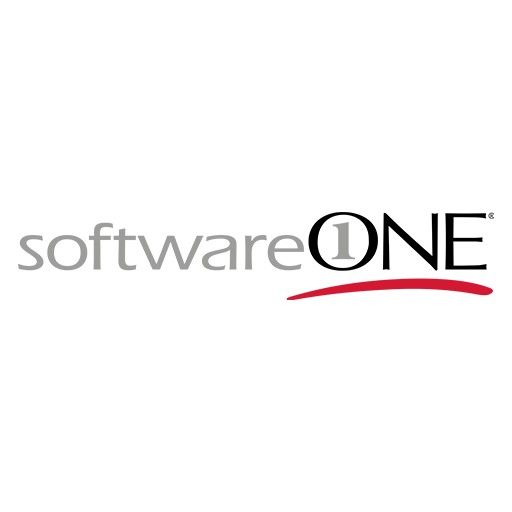Three Key Benefits of Democratising IT Procurement in Banking

- Antony Attfield, Solutions Lead for Software Lifecycle Management at Softwareone
- 10.12.2021 11:45 am #IT #bank
In any bank, there are departments that operate independently: the retail banking team will have little to do with the investment team, and the wealth management and loan servicing divisions may never cross paths. However, in some banks, this is changing; in an age where digital transformation is essential, two teams that need to come together are IT and procurement. Collaboration between the two is key to ensure new digital technology, software and applications are quickly procured and added to the IT suite – although separate goals, performance metrics, terminology and compliance concerns can be barriers to success.
With banks increasing their technology spend by 10% in 2021, neither the IT nor procurement team are short of ideas on how to spend money. Friction often arises from different perspectives between the two teams over who should be in charge when it comes to business spending and determining the best technology for digital transformation. This must be overcome to ensure employees continue to get the latest technology and digital tools they need to do their job properly, customers are provided with a constant stream of new services, all while also adhering to the strict compliance guidelines banks must adhere to.
Identifying the issues
The procurement department is often seen by IT as a hurdle to achieving new tech in place in the timescales required, contracts negotiated, and pricing identified. While IT may want to purchase a new software solution or upgrade a mobile app to meet an immediate customer need, the procurement team are focused on balancing purchasing decisions with proper governance that ensures transparency and compliance with regulation. This frustration flows both ways, especially as IT requests an increasing number of digital tools to improve their service that procurement must operate.
To achieve maximum speed, it’s important to harness a culture of self-guided buying. This will democratise IT spending within the bank by allowing distributed buyers in the IT team to work independently, with accepted guidelines agreed between the two departments, allowing some purchases without the oversight and authorisation of procurement. For example, maximum spend limits and an approved vendor list. Significant tech investments or purchasing from a new vendor will still go through procurement, so that with this approach, both customers immediate needs and the bank’s long-term strategy can be addressed simultaneously.
Singing from the same hymn sheet
Here are the three key benefits that IT and procurement can unlock by making self-guided IT spending a reality:
1. An improved internal user experience
Delivering excellent user experiences to its employees is a crucial. If an employee encounters technology issues that impede their ability to do their job, the last thing they want is a tussle between IT and procurement that slows down the process of bringing in a replacement. By democratising tech spend, IT will be able to follow budgetary and approved vendor guidelines to get their workers the latest technology quickly and seamlessly, optimising workers’ user experience without the lengthy process of making a request to procurement.
2. Reduce shadow IT and maverick spend
Shadow IT involves purchases made by individual employees that have not had prior approval, contracting, or risk assessment. This can have security, compliance and licensing implications as banks may end up with rogue apps and having more users than a licence covers them for. This is why it’s critical to create a vendor whitelist when democratising IT spend. Procurement won’t need to approve every purchase as the guidelines in place will ensure they are safe and risk-assessed, minimising the danger of workers independently buying risky software or applications. Not only is self-guided IT buying supported, but the bank’s security posture is also improved.
3. Equipped for business growth and change
Sudden changes such as mergers and acquisitions, divestitures and new industry regulations can instantly readjust technology goals, demands and requirements, while leaving IT and procurement with no time to adapt. Democratising IT means the complexities of M&A and other major company upheavals don’t need to slow down digital transformation or stop workers getting the tech they need. While IT and procurement adjust to the new status quo, individual departments within banks can keep on top of their tech contracts and licenses to ensure they are compliant and have everything they need to do their jobs effectively.
Difference as a strength not a roadblock
Systemic problems are not self-healing. IT and procurement teams must actively come together to overcome their differences, ensure regulation requirements are met and determine the path to improved and democratised tech spend. Sometimes, a third-party partner may also be involved in this process to help the bank overcome barriers to collaboration such as business silos, misaligned objectives, expectations, and language. Ultimately, a self-guided IT buying strategy ensures the immediate technology needs of the business are met, without jeopardising long-term goals or budgets.





















